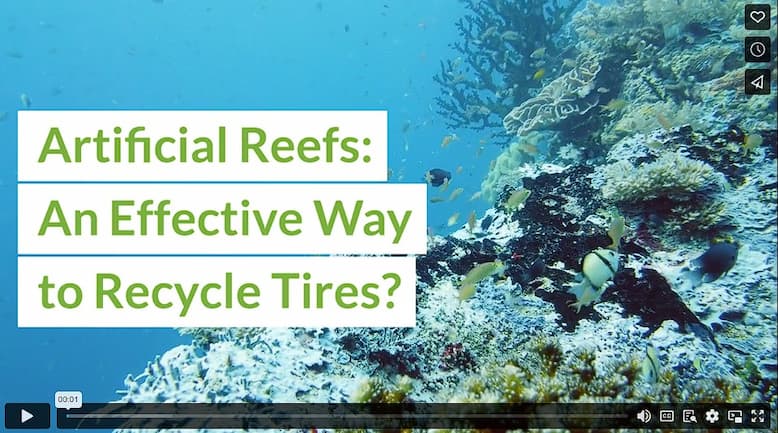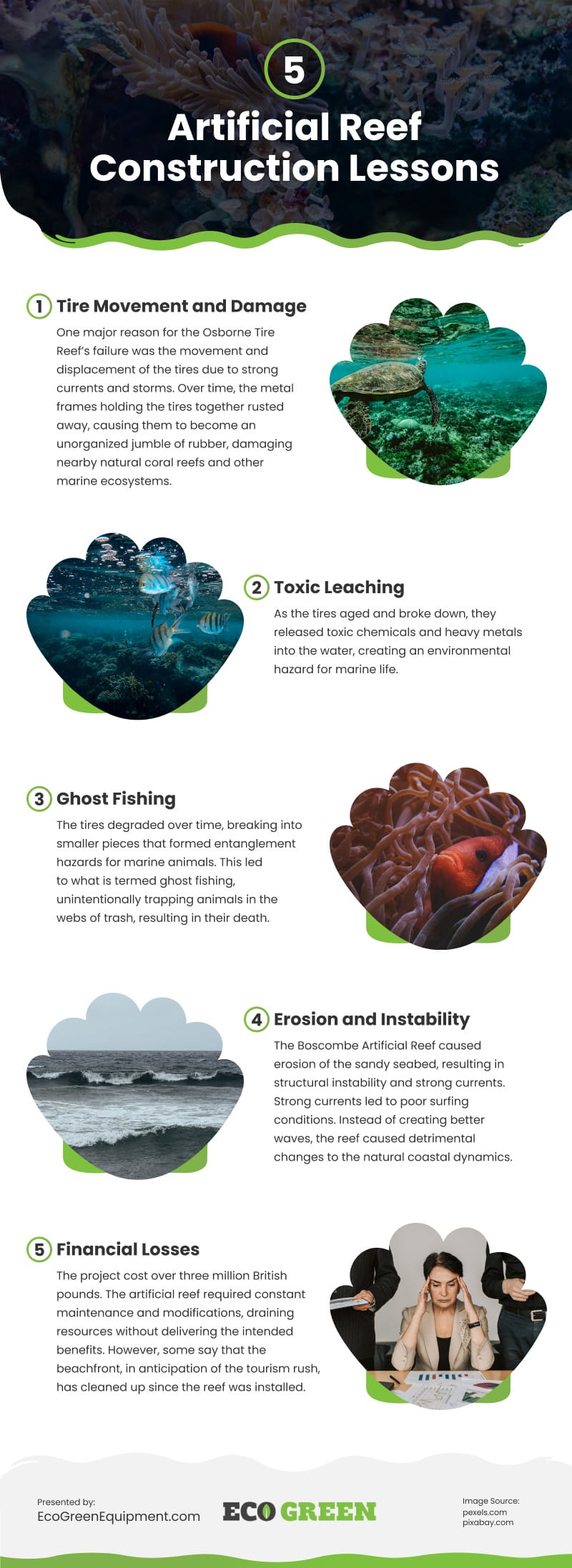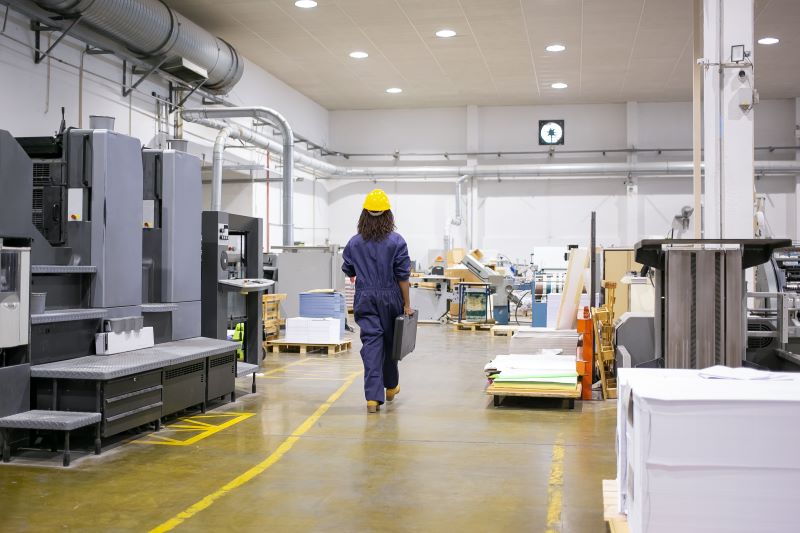Innovation is a double-edged sword. The leading edge has brought us all the wonderful conveniences that define our lives today. On the other edge, there are failed experiments and environmental scars. Take, for instance, the innovations in refrigerants used in the mid-1900s that almost destroyed the world’s protective ozone layer.
This same pattern of successes and failures can be seen in the tire recycling world, particularly when considering artificial reef construction. In this blog, we will explore tire recycling innovations, the reasons why artificial tire reefs have failed, and more beneficial and profitable recycling methods.
Recent Tire Recycling Innovation
The last 50 years have witnessed incredible innovations in tire recycling. Tire-cutting equipment, repurposing tires in asphalt, and other projects have significantly reduced tire pollution. Moreover, tire recycling plant efficiency has been on an upward trend with the creation of automatic line issue detection in equipment like the ECO Brain.
The Good-Intentioned Idea of Artificial Reefs
Artificial reefs are not an inherently ridiculous proposition. Shipwrecks and oil and gas platforms are two common examples of human structures creating habitats for corals and fish to establish colonies and thrive. Scientists use artificial reefs to study marine ecosystems and understand how bottom trawling affects these environments.
The bulky nature of end-of-life tires has led some people to consider using them as artificial reefs, assuming they would create beneficial nooks and crannies for coral and fish species. However, two contrasting examples of artificial reef construction show why there might be better ways to repurpose end-of-life tires.
Case Examples:
1. Osborne Tire Reef, Florida, USA
The Osborne Tire Reef, located off the coast of Fort Lauderdale, Florida, was an ambitious project aiming to create an artificial reef using approximately two million discarded tires. Conceived in the 1970s, officials believed that this reef would boost local fish populations and promote recreational diving and fishing.
Reasons for Failure
– Tire Movement and Damage: One major reason for the Osborne Tire Reef’s failure was the movement and displacement of the tires due to strong currents and storms. Over time, the metal frames holding the tires together rusted away, causing them to become an unorganized jumble of rubber, damaging nearby natural coral reefs and other marine ecosystems.
– Toxic Leaching: As the tires aged and broke down, they released toxic chemicals and heavy metals into the water, creating an environmental hazard for marine life.
– Ghost Fishing: The tires degraded over time, breaking into smaller pieces that formed entanglement hazards for marine animals. This led to what is termed ghost fishing, unintentionally trapping animals in the webs of trash, resulting in their death.
2. Boscombe Artificial Reef, United Kingdom:
The Boscombe Artificial Reef, off the coast of Bournemouth in the UK, aimed to enhance surfing conditions by using tires and sand-filled geotextile bags to create an artificial reef. This idea was the brainchild of local authorities who believed it would attract more tourists to the area.
Reasons for Failure:
– Erosion and Instability: The Boscombe Artificial Reef caused erosion of the sandy seabed, resulting in structural instability and strong currents. Strong currents led to poor surfing conditions. Instead of creating better waves, the reef caused detrimental changes to the natural coastal dynamics.
– Financial Losses: The project cost over three million British pounds. The artificial reef required constant maintenance and modifications, draining resources without delivering the intended benefits. However, some say that the beachfront, in anticipation of the tourism rush, has cleaned up since the reef was installed.
What are Safer Alternatives for Tire Recycling?
- Crumb Rubber for Sports Surfaces: Processed tire granules, known as crumb rubber, can be used as an alternative to traditional artificial turf for sports fields and playgrounds. It provides cushioning, reduces injuries, and gives a new life to discarded tires.
- Rubberized Asphalt: Incorporating crumb rubber into asphalt for road construction can improve road durability, reduce noise pollution, and increase traction. Tires can’t be made into new tires because of the process of vulcanization but this is the closest they come to helping out the next tire generation.
- Tire-Derived Fuel (TDF): TDF is an alternative to burning coal to produce energy. While it still pollutes the atmosphere, it is an essential resource as we transition away from fossil fuels to sustainable energy sources.
Conclusions
While recycling tires as artificial reefs was a well-intentioned solution, the negative impacts on marine environments have proven difficult to predict. The ocean is hard to tame. For prospective tire recyclers, much more profit can be had in using end-of-life tires to improve our city environments rather than wild ecosystems. Innovation in the tire recycling industry is still ongoing. As we continue to change and improve, let’s be cautious of unintended consequences while pursuing our dreams of a better future.
Infographic
This pattern of successes and failures can be observed in tire recycling, especially in constructing artificial reefs using tires. This infographic explores tire recycling innovations, reasons for the failures of artificial tire reefs, and more profitable recycling methods.
Video






